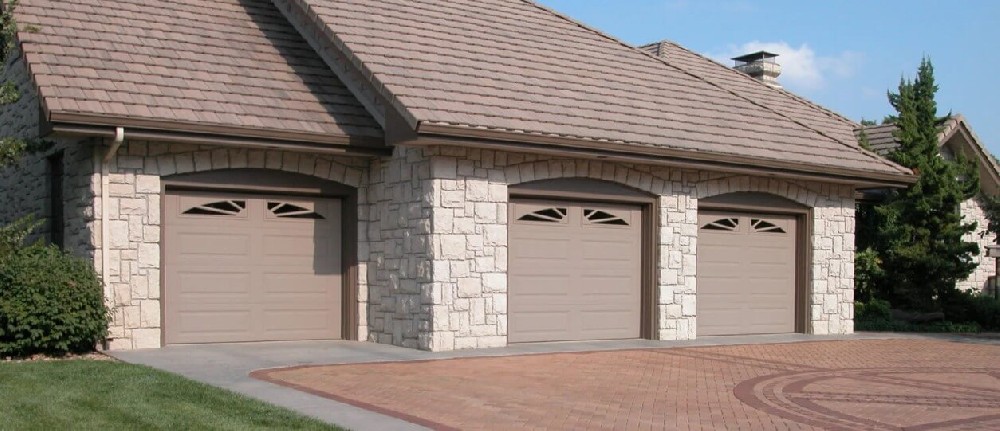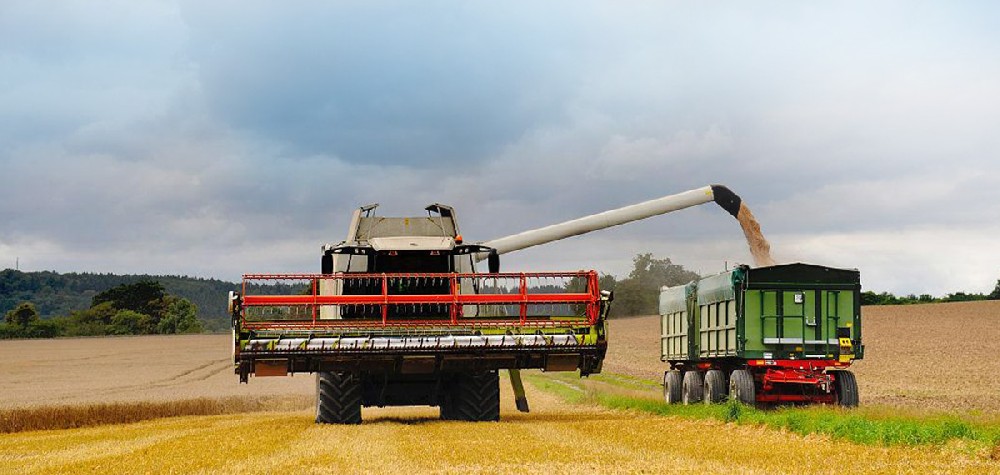Navigation Menu
Contact Us
- Email:
- info@wxavatar.com
- Address:
- Yurong Village, Yuqi Street, Huishan District, Wuxi, China.
Release Date:May 20, 2025 Visit:46 Source:Roll Forming Machine Factory
In today's competitive manufacturing landscape, businesses constantly seek ways to enhance production efficiency while maintaining quality standards. Strut roll forming lines have emerged as a valuable solution for companies producing structural components, particularly in construction and industrial applications. These specialized systems offer a streamlined approach to manufacturing bottom bars and other structural elements with precision and consistency.

Understanding Strut Roll Forming Lines
Strut roll forming lines are automated systems designed to continuously shape metal coils into specific profiles through a series of roller dies. Unlike traditional manufacturing methods that might involve multiple steps of cutting, bending, and joining, these systems complete the entire process in one continuous operation. The technology is particularly well-suited for producing bottom bars, channel struts, and other structural components used in various industries.
Key Advantages of Modern Strut Roll Forming Systems
Manufacturers implementing strut roll forming lines often report several operational benefits:
Consistent Product Quality: The automated nature of roll forming ensures each piece maintains identical dimensions and tolerances, reducing variability in the final product.
Material Efficiency: These systems minimize waste by precisely forming components from coiled metal, optimizing material usage compared to alternative manufacturing methods.
Production Speed: Continuous operation allows for faster output compared to batch processing methods, helping manufacturers meet demanding production schedules.
Reduced Labor Requirements: Automated strut roll forming lines can operate with minimal supervision, allowing personnel to focus on quality control and other value-added tasks.
Applications in Various Industries
Strut roll forming technology serves multiple sectors that require reliable structural components:
Construction: For manufacturing load-bearing elements in buildings and infrastructure projects
Electrical Systems: Producing cable trays and support channels
Industrial Storage: Creating components for shelving and racking systems
HVAC: Fabricating duct supports and mounting systems
Technological Advancements in Roll Forming
Recent developments in strut roll forming technology have further enhanced their capabilities:
Improved Control Systems: Modern interfaces allow for quick changeovers between different profiles
Enhanced Precision: Advanced sensor technology ensures tighter tolerances in finished products
Integration Capabilities: Many systems now easily connect with other manufacturing equipment for seamless production flows
Considerations for Implementation
Businesses evaluating strut roll forming lines should assess several factors:
Production Volume Requirements: These systems typically justify their investment at certain production thresholds
Material Specifications: Different metals may require specific roller configurations
Space Considerations: Roll forming lines require adequate floor space for operation and material handling
Maintenance Needs: Regular upkeep ensures consistent performance and longevity of the equipment

Conclusion
Strut roll forming lines represent a significant advancement in manufacturing technology for structural components. By offering consistent quality, efficient material usage, and reliable production speeds, these systems can contribute to operational improvements in appropriate manufacturing environments. As industries continue to demand higher standards of precision and efficiency, bottom bar roll forming technology stands as a viable solution for businesses looking to enhance their production capabilities while maintaining competitive operational costs.